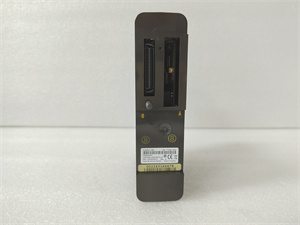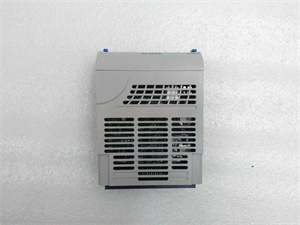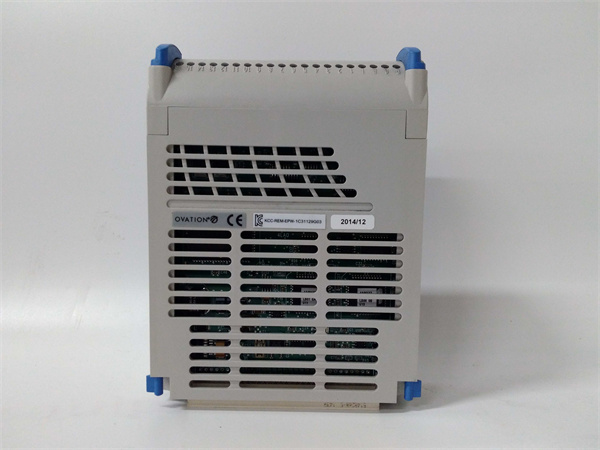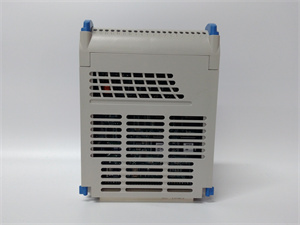Description
Product Overview
Technical Specifications
| Parameter Name | Parameter Value |
|---|---|
| Product Model | IC670CBL001 |
| Manufacturer | GE Fanuc |
| Product Type | I/O Expansion Cable |
| Length | 2 inches |
| Dimensions | 5.00×1.00×5.00 cm |
| Weight | 0.10 kg |
| Series | Field Control |
| Compatibility | GE Fanuc Field Control series devices |
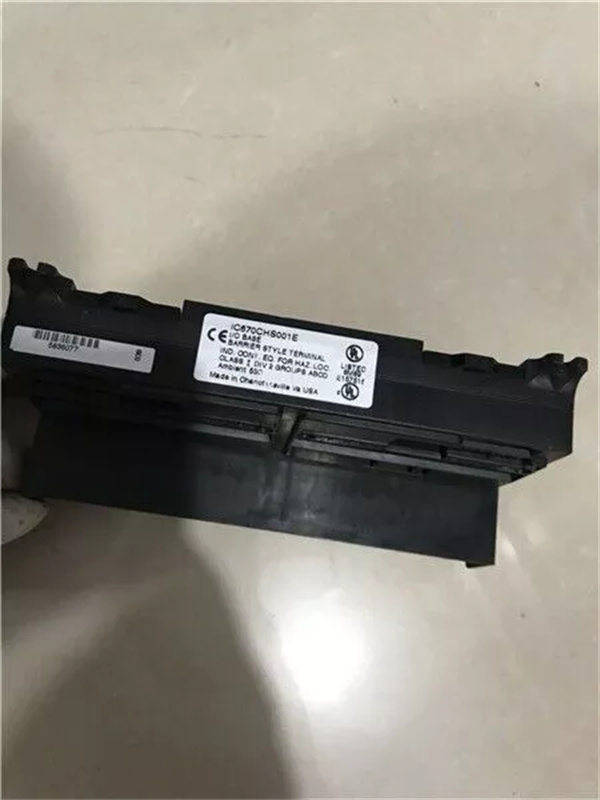
IC670CHS001E
Main Features and Advantages
Application Field
The GE IC670CBL001 is widely used in industrial automation applications, particularly in the GE Fanuc Field Control systems. It is commonly employed in manufacturing plants, where it helps connect various field devices such as sensors and actuators to the control system, enabling efficient process control. In wastewater treatment plants, the IC670CBL001 plays a vital role in ensuring reliable communication between different components of the treatment system. It is also used in power plants to facilitate the monitoring and control of various processes. Additionally, in any industrial setting where the GE Fanuc Field Control series is utilized, this cable is an essential part of the I/O expansion infrastructure, helping to improve the overall efficiency and accuracy of the control system.

IC670CHS001
Related Products
- IC670CBL002: A 21 – inch I/O expansion cable, offering a longer length for applications that require greater reach3.
- IC670CBL003: Cable for connector – style I/O base, with a 2 – meter length and 18 – awg wire, suitable for specific connector – based setups3.
- IC670CBL004: Cable for connector – style I/O base to TC cold junction, designed for applications involving thermocouple cold – junction compensation3.
- IC670CHS001: I/O base, barrier style, which can be used in conjunction with the IC670CBL001 for certain I/O configurations3.
- IC670CHS002: I/O base, box style, another option for I/O base that can work with the cable for different installation requirements3.
Installation and Maintenance
Maintenance recommendations: Regularly check the connection points of the IC670CBL001 to ensure they are secure and free from corrosion. Clean the cable surface gently if necessary to remove dust and debris. If any issues are detected, such as signal loss or interference, perform a thorough inspection and consider replacing the cable if needed.

